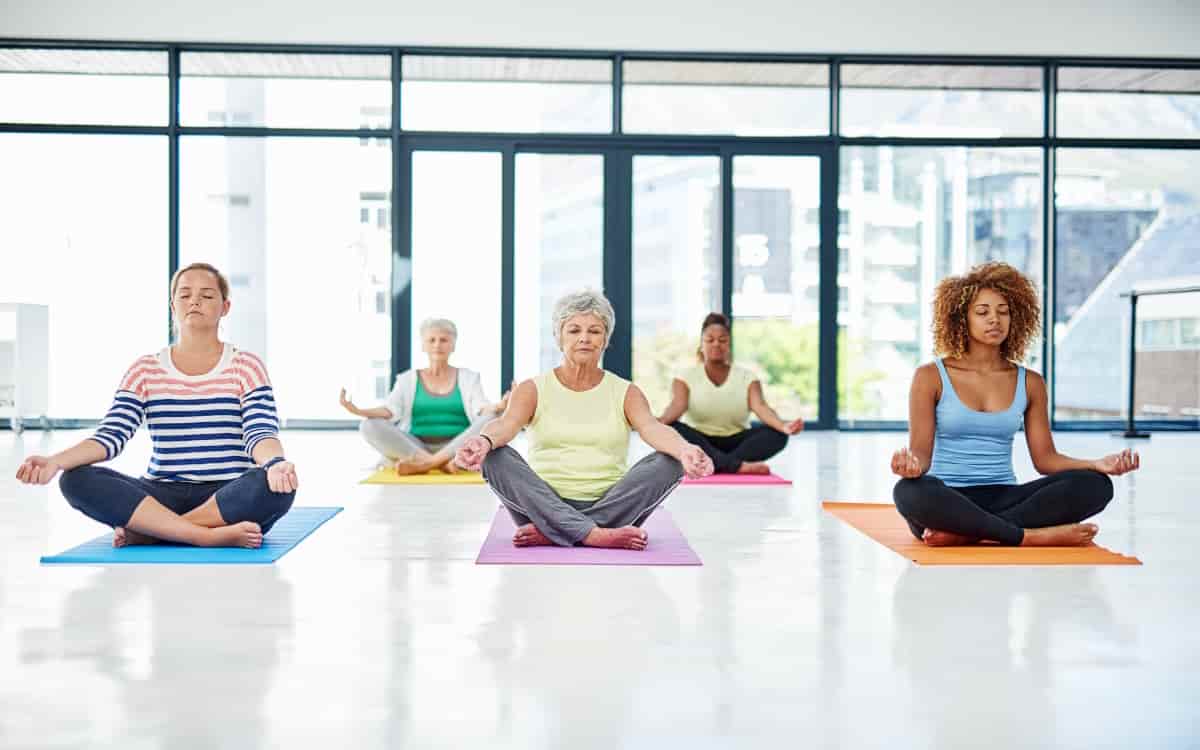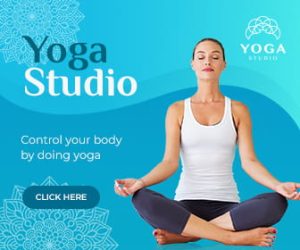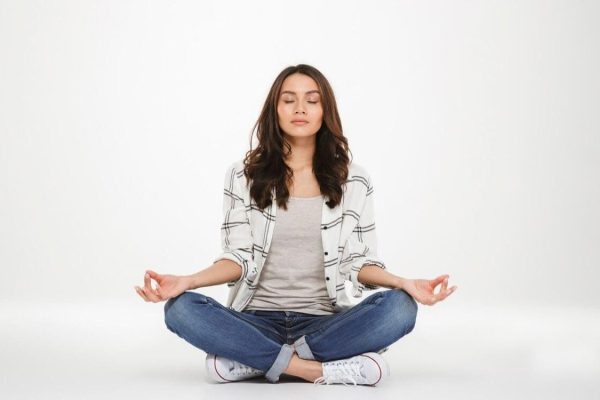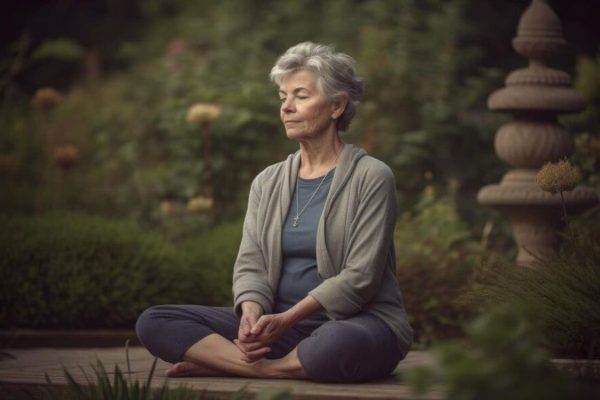Yoga is said to be good for your mental and physical health. This old method for awareness and slow movement helps balance and unity in all areas of life. We’ll talk about different types of yoga, places to practice, teachers, and tools. Next, we’ll discuss awareness, good balance, and regular exercise. You won’t get perfect on this road; it’s about finding yourself and moving forward.
Health And Wellness Challenges For Over-40s
Your body needs care for its health and well-being after age 40. Losing flexibility is a normal process that can make daily chores harder and raise the risk of getting hurt. Muscle strength decreases, making it harder to move around and be independent. Your balance and posture may worsen, making you more likely to fall and hurt yourself.
These problems make our lives less enjoyable and keep us from doing the things we love. These problems need a thorough solution. Yoga is a great option. It is part of deep breathing, meditation, and specific body positions. By making you more flexible, stronger, and more balanced, yoga directly fights many physical problems with aging.
Physical Advantages Of Yoga
- Flexibility: The many moves and poses in yoga gradually make you more flexible. Regular practice makes you more adaptable, making everyday tasks easier and lowering your risk of getting hurt.
- Strength in the Muscles: Many yoga poses require you to hold your weight which builds and keeps your muscles strong. Its essential for your health balance and security.
- More Balance and Better Posture: Yoga makes you more aware of your balance and posture. Yoga improves your stance and balance lowering your chance of falls and joint diseases caused by bad alignment.
- Boosts Endurance: Yoga poses include changing and moving in different ways. This makes you stronger so you can work out longer without getting tired.
- Pain Management: Yoga may help people with arthritis back pain and joint pain that doesnt go away. Stretching and light movements can help ease pain and make you feel better.
Mental Health Advantages Of Yoga
- Less stress: It is known that yoga can help lessen anxiety. The controlled deep breaths and focus that come with yoga suit the body. Less stress hormones make you feel very relaxed.
- Better mental clarity and focus: yoga makes you more aware daily. Regular yoga helps people focus and be present by making their minds more transparent and alert.
- Dealing with worry: Yoga can help you negotiate with worry. Meditation and deep breathing can assist in calming the mind and lower stress. The activity helps keep the peace and balance.
- Managing sadness: Yoga may help with treatment for depression. Being mindful and working out can improve your happiness and help with sadness. Practicing regularly makes you more positive.
- Emotional Balance: Yoga helps you accept and care for yourself. Yoga helps people understand and control their feelings, leading to mental peace and calm.
- MindBody Connection: By improving their mind-body connection yoga makes people more aware of their bodies and emotions. Being more aware helps you understand and control your emotions which is good for your mental health.
How To Start Doing Yoga
1. Try out different kinds of yoga. Hatha Vinyasa and Ashtanga are all types of yoga. Learn about the various styles to pick the best one for you.
2. Pick a place to do yoga at home or in a studio. Studio practice has an instructor while home practice is private and accessible.
3. Find the Right Teacher If you want to take yoga classes in a school find a qualified experienced teacher whose style and goals match your own. You can use online courses or movies from teachers you trust for home exercise.
4. Invest in Essential Yoga Equipment Yoga mats provide a cozy nonslip practice surface. Comfort breathable and easy-to-move equipment is a must.
5. Go Slowly At First You Should Move Slowly. Starting with easy exercises and lessons helps you feel more confident and flexible.
6. Maintain Proper Alignment Ensure you are aligned correctly in every position to avoid pain and damage. Your teacher or online classes will show you the right way to stand.
7. Do yoga regularly: If you want to get the most out of it you should do it regularly. Practice often even if its just for a short time. It takes time for movement and health to improve.
8. Pay attention to your body: Yoga makes you more aware of yourself. Change based on what your body tells you. Dont force yourself into poses that hurt let your practice happen naturally.
9. Learn different breathing techniques: Breathing correctly is very important in yoga. Learn and use Pranayama breathing techniques to improve at yoga and feel less stressed.
10. Remember to be patient and aware yoga isnt a race. Practice with awareness and wait for your progress. Pay attention to your body and stay in the moment.
11. Gradually Make It Harder: Add harder ones and patterns as you get better at basic poses. With this method, you can learn more without working too hard.
So, there isn’t a right or wrong way to practice. Enjoying the process and its physical and mental benefits is most important.
Conclusion
Yoga improves body and mind. Because it addresses all aspects of health, yoga enhances life for all ages. It increases flexibility, strength, balance, and endurance. That makes your life more hectic and meaningful. Yoga improves stress, focus, and emotional balance, which are crucial in today’s fast-paced environment.
Helping individuals cope with stress, unhappiness, and issues makes them more resilient and cheerful. Yoga is a lifestyle that may assist you achieve in many areas. Yoga may start your health and happiness journey at any age. Start yoga now to improve your life.

















